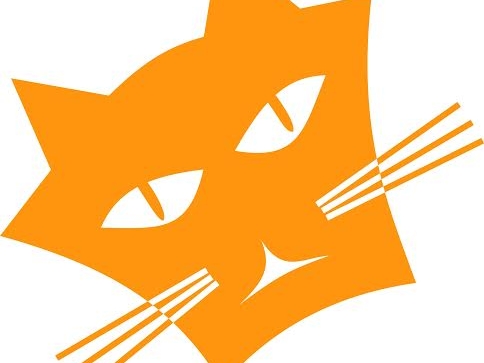The Internet of Things is at risk: Can HyperCat come to the rescue?


A group of companies has developed an Internet of Things (IoT) data sharing standard which, it hopes, will level the playing field and give small businesses and chance to compete with the giants of tech.
More than 40 organisations — including ARM, BT, IBM, and a number of startups and universities — have been working on a project, funded with £6.4m by the government's Technology Strategy Board, to allow sensors and devices to share data much more easily.
They've dubbed the result — an open catalogue specification that allows applications to discover and make sense of data automatically — HyperCat. The group hopes that it can encourage an open-standards-based IoT rather than one where that data is either is stuck in silos or accessed only via the proprietary formats and APIs of the big players.
Tech Pro Research
The Internet of Things, where all manner of everyday devices are imbued with the ability to communicate and share data, is an increasingly hot topic. Google, for example, recently bought smart thermostat company Nest for $3.2bn, while the next version of Apple's smartphone operating system, iOS 8, will allow you to control smart-home devices from your iPhone.
Proprietary or open APIs?
While many devices collect or analyse similar types of data, such as temperature, it's hard for them to be able to share that information as they each store it slightly differently. One option is to use the proprietary APIs offered by big vendors; HyperCat promises to be a more open system.
Because HyperCat offers a common approach to describing the information held on data hubs, it could help developers to find the data relevant to their specific needs more quickly and easily.
"This will drive commercial use of the hubs and lowers the barrier to participation, particularly for SMEs," said John Davies, head of semantic technology at BT.
The Technology Strategy Board project formed eight teams focusing on different markets where IoT technologies could have a benefit, such as education, vehicles, airports and smart cities. The groups used the HyperCat specification to create interoperability within their cluster and then between clusters.
"We are using HyperCat at our Cambridge headquarters to share data such as office occupancy, energy use and even car park lighting between different applications," said Amyas Phillips, IoT research entrepreneur at ARM.
"By linking our infrastructure in real time we are reducing our energy costs and generating other information including external temperature data that others can use. This is a research project, but it has proven tangible benefits that consumers and enterprises can gain from a more connected world."
For example Andy Stanford-Clark, master inventor at IBM, said his 'EyeHub' group was able to take illumination data from streetlights belonging to another project cluster and display it in their own application because the HyperCat standard made it easy to find.
"Being able to explore the HyperCat metadata in human and machine readable formats makes it easy to mash-up new applications," Stanford-Clark said.
However, anyone can create a specification — HyperCat's success will depend on whether the wider tech industry wants to go along with it, or whether the ecosystems of the big players will be adopted instead.